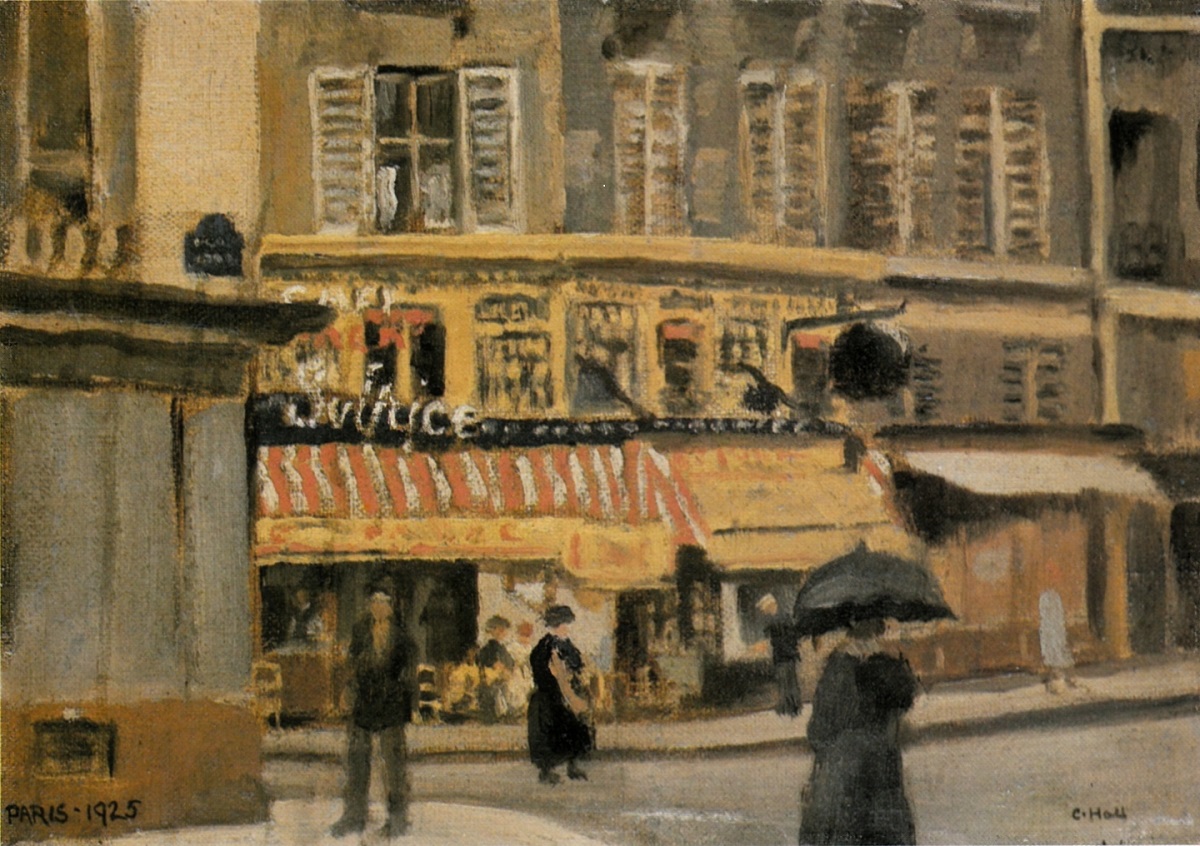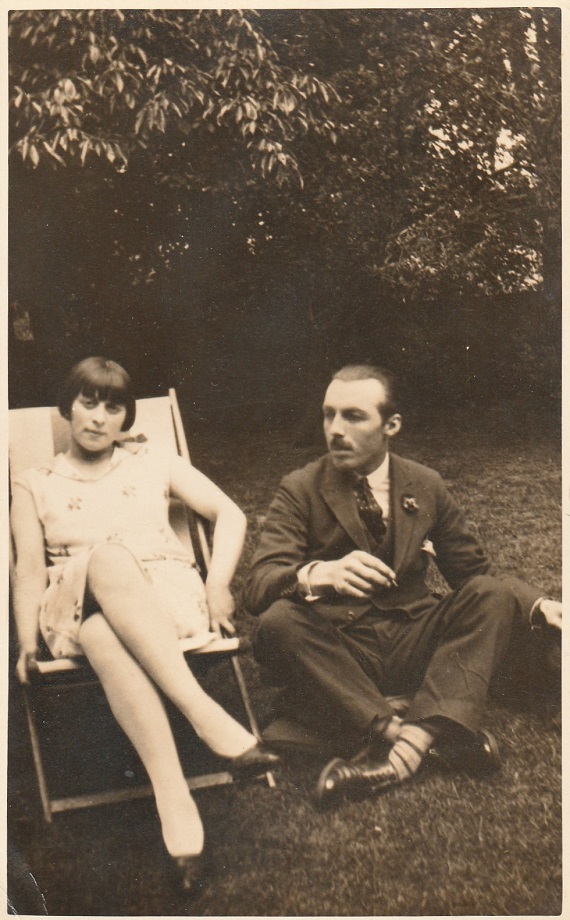


The unutterable dreariness of so much of the life in England was beginning to have its effect on me but the almost stunning impact was yet to come, that is years later, after I had achieved one of my greatest wishes - to get away from England to a country where people were not so sad. Inevitably I chose France and the happiness of the year I lived there was, for a time, almost quenched by the misery of being back again in a suburban town surrounded by dull people who never did anything I thought worth the doing, for such was my youthful intolerance.
I first went to Paris in 1925 for a week. My godmother, Aunt Ada, had given me some money (£25) for my 21st birthday present and I insisted on going to Paris with it. I had a tiny dark room in a hotel facing the Gare St Lazare and the noise of the traffic was unending.
There can be no repetition of the excitement one feels on first being in a city and amongst a people one has thought about, and read about for years. Before going I had become so familiar with a large map of the town that, once there, I seldom lost my way. I went to the Louvre, the Luxembourg, Versailles, Malmaison and the tomb of Napoleon and the Folies Bergère, all the places most tourists visit. I was disappointed with the Mona Lisa, thrilled by the Velasquez portraits, and the Rembrandt Bathsheba and the Boeuf Engorgé and among the paintings of battles at Versailles I thought the Delacroix the only great one. The Venus de Milo was not so wonderful as I had expected but the Victory of Samothrace standing at the top of the wide flight of stairs in the Louvre was magnificent. The interior of Notre Dame frightened me and I felt all the cruelty and superstition and ignorance of the Dark Ages. The gloom and sadness reminded me of England. But the view over Paris from the tower, the wind blowing through my hair and the gargoyle inscrutable and fierce was worth an even higher climb.
I painted a little sketch of the rue Bonaparte which I have made, for years, vain attempts to get back from W*, who bought it, and a tiny painting of two women in a box at the theatre which I did in my hotel room from a note made in the theatre.
* W is Winifred Reynell née Bretton, the wife of Clifford's life-long friend Edward Reynell and my godmother. GRH
One evening a friend, a Norwegian whom I had known in London, took me to Montmartre.
The Place du Tertre was grim and almost deserted, the narrow streets leading to it dark and not so changed as they are now and we saw two large rats. I never saw Montmartre like it again. In 1928, the 30s and even in the 40s, it still had the character of a place apart, a village, but in the 50s it had become impossible, a mere tourist attraction, much of it demolished and daily filled with tourists brought there by charabanc, imagining maybe they were seeing the Montmartre of legend. We had passed a fair in the Boulevard Clichy but my friend, a somewhat sober fellow, had not wanted to visit it. I was determined to, so on the night before I had to leave I paid what I owed at the hotel and went up the rue d'Amsterdam with what money I had left in my pocket.
The fair began at the Place Clichy and extended down the centre of the Boulevard as far as the Place Pigalle. I began at the top and visited every sideshow. I saw dancers, menageries, performing animals. The noise was all around me. The shouts of the barkers could be heard in spite of the unceasing noise of the traffic and the music from the various steam organs. These men had lungs of iron; it was before the days of microphones. Most of them had a towel round their necks with which, from time to time, they wiped the perspiration from their faces.
In one dancing booth after the preliminary turns the showman announced a great attraction - the celebrated La Goulue. The soiled curtain was pulled aside for a few moments and in the dim light an obese ageing woman dressed in a grubby vest and tights clumsily sketched the movements of a dance. Outside, the sails of the Moulin Rouge slowly turned. Could it be true? I doubted it but I wanted it to be. La Goulue did not die until 1929, and it intrigues me to think I might have seen her.
That week confirmed what I had believed in for years. There was somewhere else, and from then on all my plans were with going back and staying, as long as I could.
EARLY LIFE MEMOIR -5
La Rue Bonaparte, 1925, by Clifford Hall. A product of the artist's first trip to Paris.
Clifford Hall and Marion Zass circa 1925-27. It's clear that Clifford and Marion knew each other for a number of years before they married; it is likely that they first met when they were both students at Putney School of Art.

